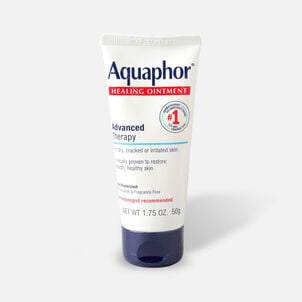HSA Inside Scoop - Walking is good for you (so start doing it, already)

You've heard this before -- walking is really good for you. Whether you're not into running, recovering from an injury, or just getting back into exercising, walking is the ultimate lower-impact way to reduce your risk of high blood pressure, diabetes and heart disease.
Why not document all this progress with a fitness tracker? These devices recognize your body's movements and turn that information into data. It's simple...you take your steps, and the device makes sure your steps are counted, distance is logged, and burned calories are tracked. Some higher-end trackers can even record heart rates and sleep cycles.
But the best part? They keep you accountable for your own personal fitness goals, and do a good job of motivating you to stay with it. Try to beat a personal best.. Compete with friends for "high scores" (maybe not on the heart rate). Calculate how many hundreds of miles you've already covered. Whatever works best to keep you motivated… and moving.
Now, to be clear, fitness trackers aren't usually HSA-eligible. But, in some cases, they can be. And it's worth the effort to find out.
The secret number
Ten thousand -- this is the magic number. I'm sure you've heard it before. 10,000 steps a day is the standard goal for anyone tracking their steps. But why?
The number didn't come from a recent study, but actually from Japan in the 1960s, when the manpo-kei pedometer became an overnight sensation, selling out in stores nationwide. In English, "manpo-kei" translates to "10,000 steps meter."
After these Japanese pedometers became such a hit, research began to see if people should actually be taking 10,000 steps a day. Since then, scientists and studies alike have shown that 10,000 steps is a pretty good number to target.
Why a fitness tracker?
Fitness trackers aren't just helpful for keeping track of your exercise when you're out and about during warm summer months, but they help keep you engaged in your physical activity.
Having a goal of 10,000 steps a day is no trying task, but rather a fun and interactive way to get moving. In fact, a study published in the American Journal of Preventive Medicine said that women with fitness trackers exercised, on average, 38 minutes more per week than those using standard pedometers.
While this may not seem like much, you're logging a lot of miles by doing an extra 38 minutes. Trust us. And if you don't trust us, then trust the fitness tracker.
How to get walking
Sometimes the hardest part about doing something is starting it. Having a goal of 10,000 steps a day may seem steep at first, but don't worry--you can work your way up. Aim for 5,000 steps a day at first if you're not used to walking a ton, and from there keep on going.
In our own lives, we've learned to sneak in some steps in our daily routines. Here are some of the more-common tricks we use:
- Take a five-minute break every hour at work to avoid sitting for too long.
- Park your car down the block to add a few extra steps to your morning routine.
- Have a nighttime stroll around the block.
- Go shopping (it's more walking than you might think.)
Of course, this is the HSA Inside Scoop, so you're probably wondering about HSA eligibility. Using tax-free funds for a fitness tracker isn't common (because they're almost always ineligible).
But there could be limited instances where items like fitness trackers may be eligible with a Letter of Medical Necessity, if a qualified medical professional says it's needed for the treatment of a medical condition (talk with your HSA administrator or a tax professional if you plan to use your HSA this way).
It's summer - close the laptop (after you're done reading our articles, of course) and head outdoors. You might surprise yourself with how easy it is to hit those 10,000 steps… and how much better you'll feel as a result.


.png)














